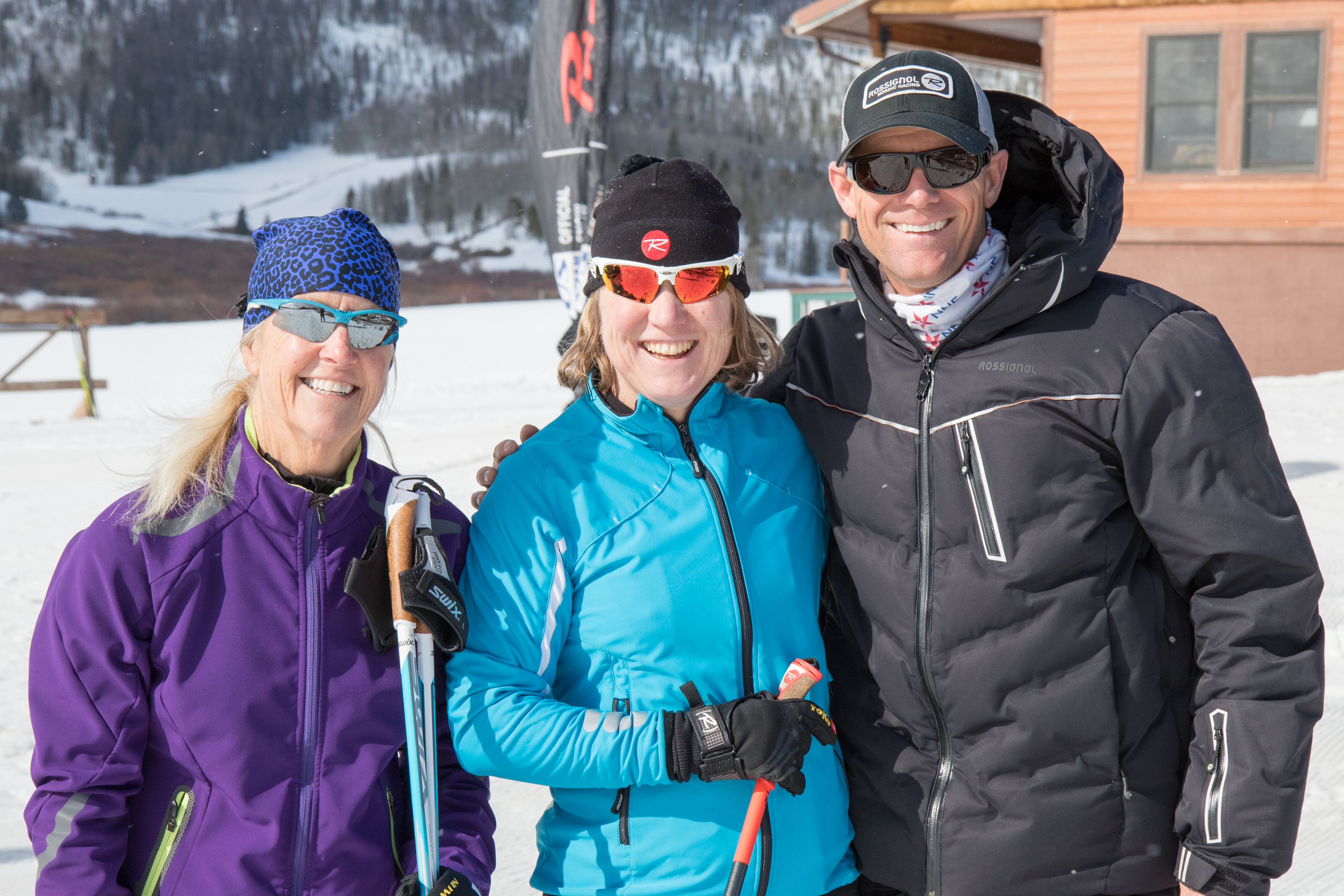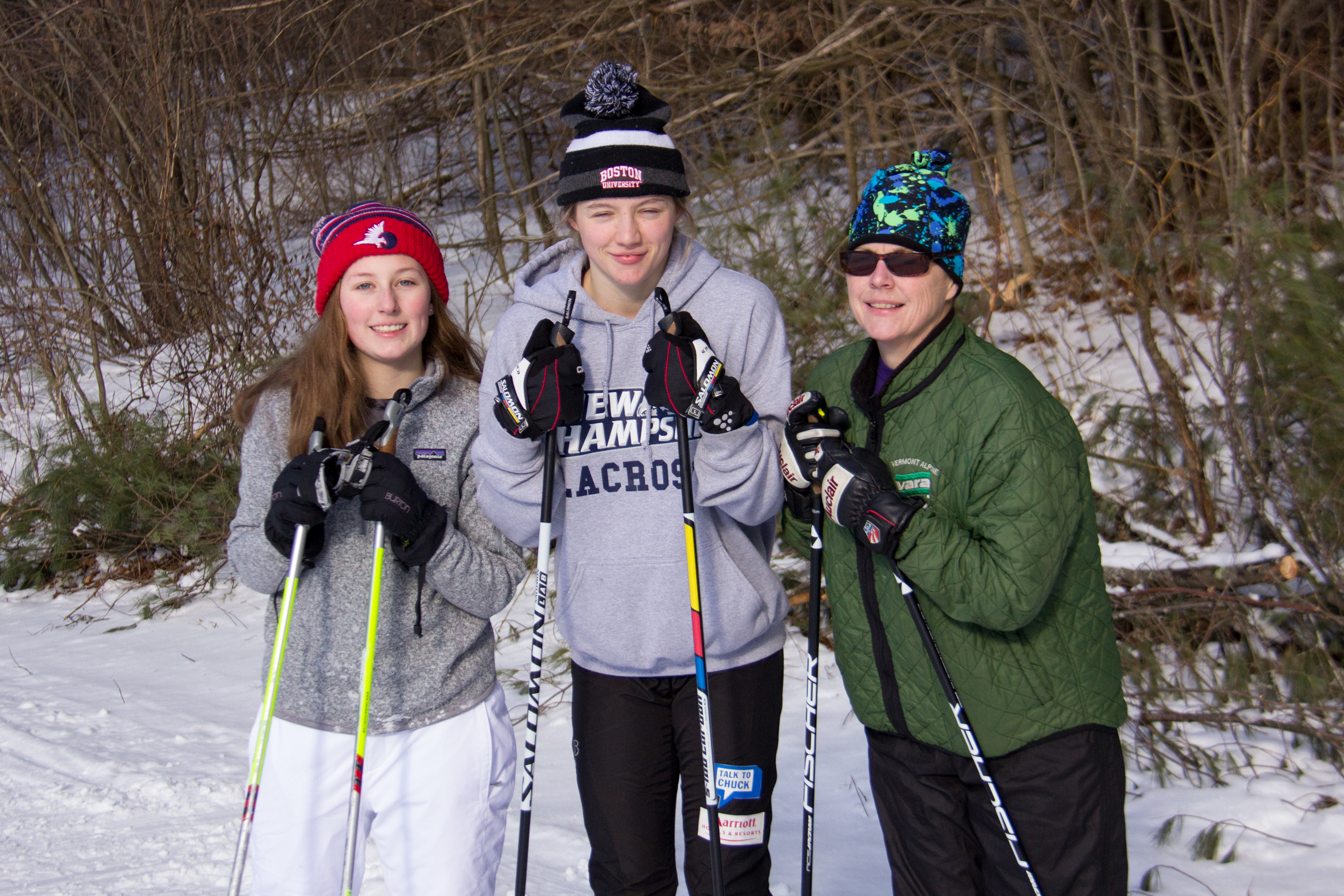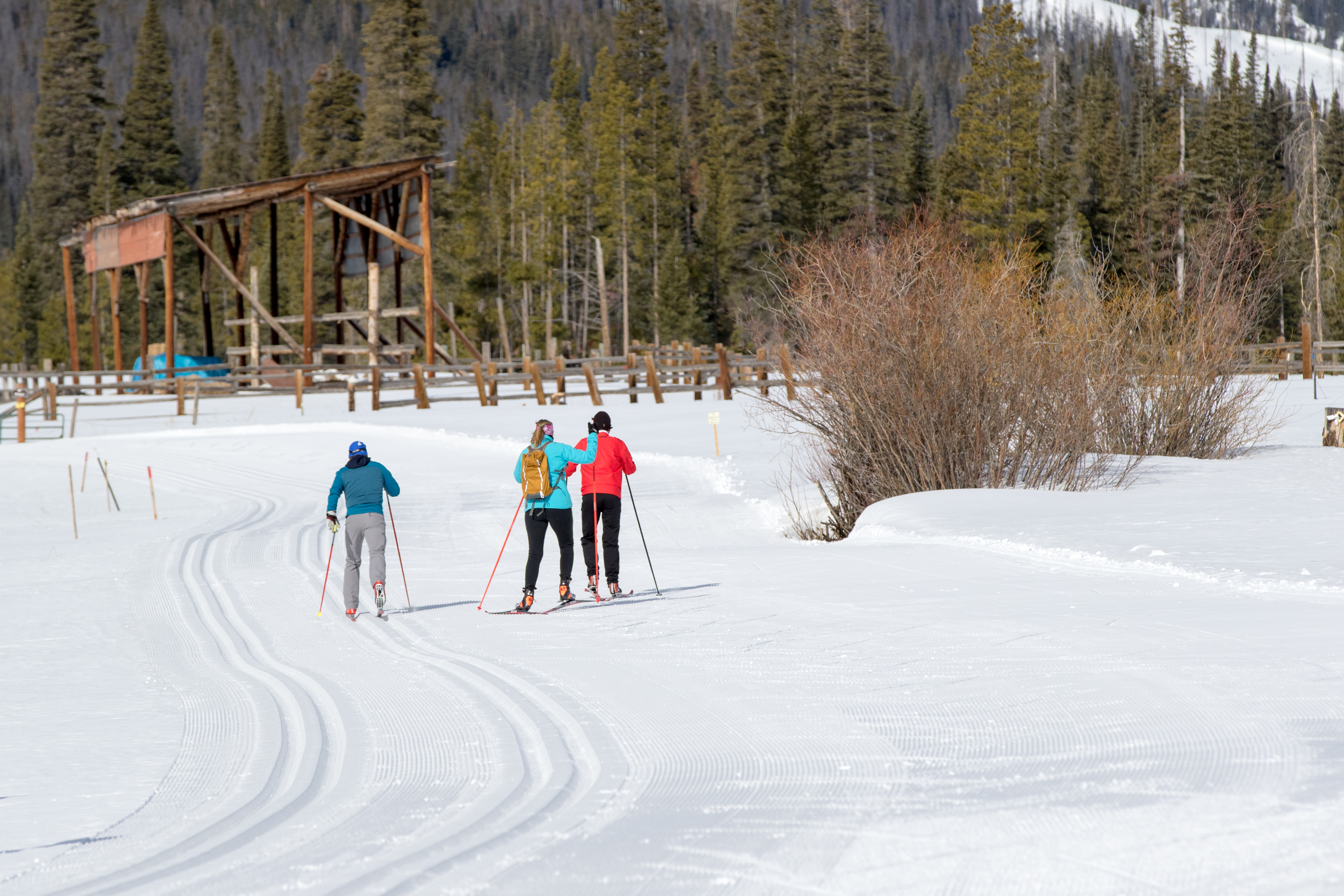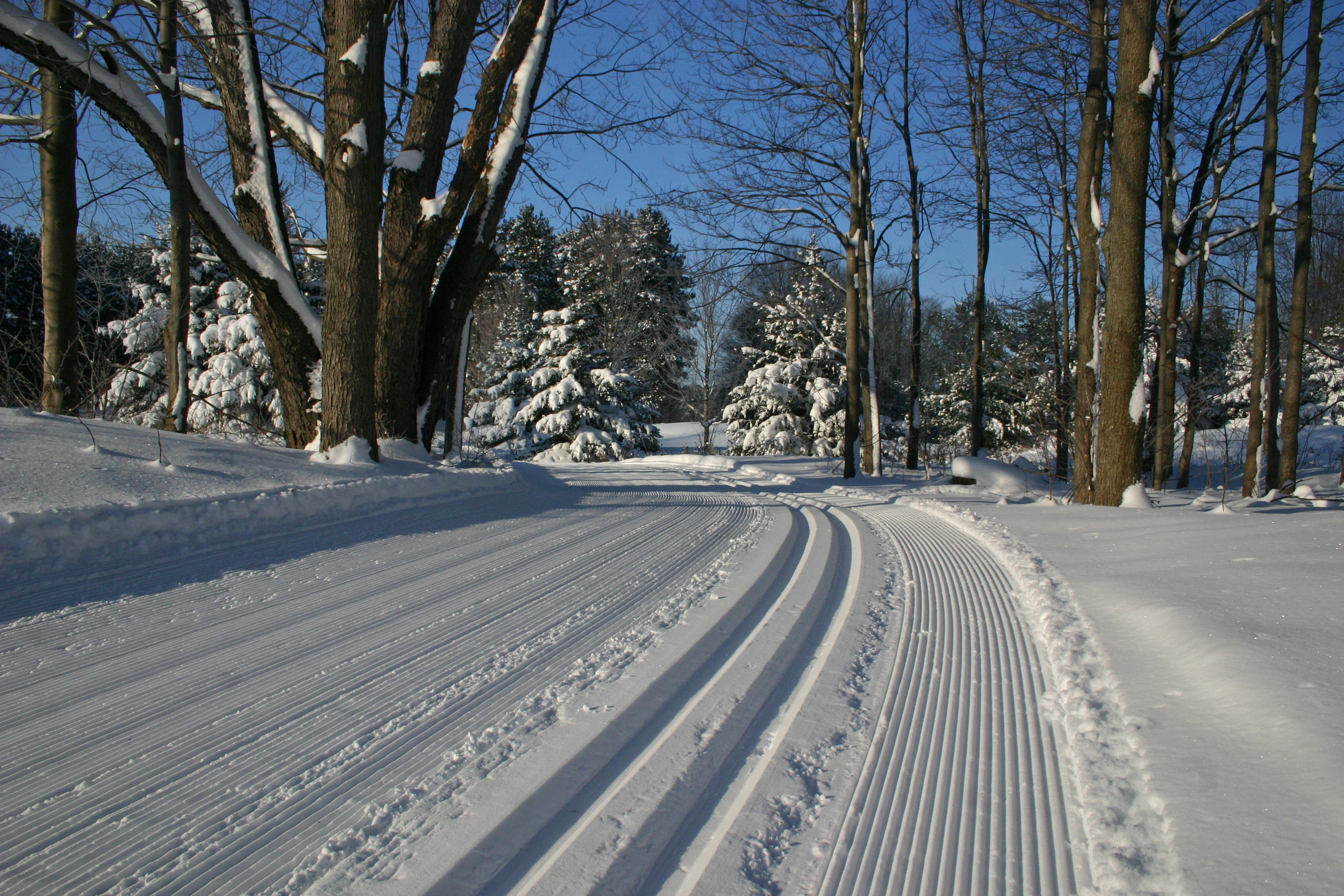Get Started
Find A Ski AreaWinter’s better when you have a new hobby to get excited about. Here’s how to begin exploring the snow-covered world outside your back door.
Where to Start
Visit a cross-country ski center with groomed trails, rent some gear, and try it out. These groomed tracks eliminate 90 percent of your worries about sailing off into the woods because they keep your skis pointed forward.
Groomed Trails: They’re like skiing on rails. Using a heavyweight or hydraulic press, a groomer carves a hip-width double track into the snow. Each track measures 70mm wide, enough to accommodate most cross-country skis (except backcountry skis, which are wider). In addition to keeping your skis straight, the tracks guide you around turns.
Non-Groomed Trails: Your local golf course (avoid the greens), parks, and frozen lakes in addition to any trails or walking paths not groomed for cross country skiing will provide a very different experience for the novice skier. Skiing without a set track requires significantly more balance, but wider skis will aid stability.
Skate Skiing: Performed on wide, groomed lanes, this technique mimics the fluid, side-to-side motion of skating. It’s faster but requires stiffer skis, longer poles, more supportive boots—doubling your ski gear—and a hell of a lot more balance. Start with rentals and a lesson.
The Basic Movements
The basic cross-country technique, the diagonal stride, is like a powerful walk with help from your arms. And if you get tired, you can always downgrade to actual walking.
Glide: If you’re comfortable walking on skis, add glide. Step forward and transfer your weight to your front ski, compressing its kick zone, the area just in front of and under your boots that grips the snow. Pull the ski back like you’re scraping a shoe on the ground to propel yourself forward. Drive the opposite ski forward, transferring your weight onto it and enjoying a brief, free ride along the snow.
Use Your Arms: Plant your pole with the basket in line with the opposite foot and your arm extended in front of your shoulder. Your arms should swing front-to-back-to-front like pendulums, providing momentum as they come forward. Practice this by holding your poles midshaft and only using them to prevent a fall. This will also improve your balance and leg drive on each ski.
Go Uphill: When trails get steep, your kick zone won’t provide enough traction. The herringbone technique, which looks just like the pattern, can ascend any grade. Turn your feet out to form a V with your skis, and walk up the hill, planting your pole behind your boot.
Reprinted from Popular Mechanics







